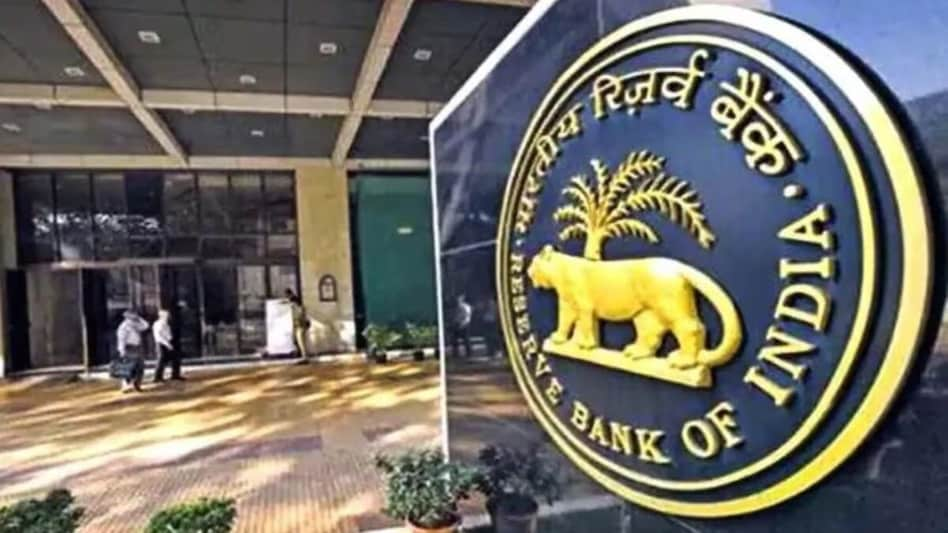 RBI closed FY 2024-25 with an $8.2% growth in assets and a net income surplus of $31.5 billion — more than any other major central bank.
RBI closed FY 2024-25 with an $8.2% growth in assets and a net income surplus of $31.5 billion — more than any other major central bank.
 RBI closed FY 2024-25 with an $8.2% growth in assets and a net income surplus of $31.5 billion — more than any other major central bank.
RBI closed FY 2024-25 with an $8.2% growth in assets and a net income surplus of $31.5 billion — more than any other major central bank.The Reserve Bank of India (RBI) has announced a significant policy shift, declaring that from January 1, 2026, no prepayment charges will be levied on floating rate loans. This decision benefits borrowers of home loans and other floating rate loans, allowing them to repay loans ahead of schedule without additional fees. This move aligns with the RBI's efforts to ensure fairness and transparency for borrowers, responding to widespread complaints over inconsistencies in how banks and non-banking financial companies (NBFCs) handled prepayment charges.
The policy change applies to all floating rate loans approved or renewed on or after January 1, 2026. It encompasses loans given by commercial banks and regulated entities (REs) such as NBFCs, excluding specific banks like Small Finance Banks and Regional Rural Banks unless they issue loans up to Rs 50 lakh. This decision aids individuals and small enterprises, who often rely on floating rate loans.
Adhil Shetty, Cofounder & CEO of Bank Bazaar, noted that "Lenders often didn’t pass on lower interest rates when rates dropped, especially in the pre-MCLR regime. Recognizing that floating loan rates fluctuate with market conditions, the RBI scrapped prepayment charges in phases to ensure fairness for borrowers."
The RBI's directive ensures that borrowers will not be penalized for repaying loans partially or fully, irrespective of the funding source. This eliminates the need for a minimum lock-in period, offering borrowers increased flexibility in managing their finances. "Over the last 13 years, this rule, first applied to banks for floating rate home loans and later extended to NBFCs and HFCs, and now extended to MSMEs, empowers individuals to manage or switch loans conveniently. It boosts competition among lenders and ensures borrowers can always seek the best available rates," Shetty added.
The RBI's decision stems from its supervisory reviews, which revealed divergent practices among REs regarding prepayment charges, leading to persistent customer disputes. This issue highlighted a need for uniformity to prevent restrictive clauses that deterred borrowers from seeking better loan terms elsewhere.
Moreover, the RBI has mandated that all loan agreements must clearly state whether prepayment charges will be applied, in both the sanction letter and the Key Facts Statement (KFS). This ensures transparency and allows borrowers to make informed decisions. Should a bank fail to include this information, it cannot levy any prepayment charge.
The introduction of this policy is expected to foster a more competitive lending environment by enabling borrowers to switch lenders easily. This competition could drive down interest rates and improve loan terms, benefiting consumers in the long run. Eliminating prepayment charges is a strategic move by the RBI to minimize barriers for borrowers and promote a more dynamic financial market.
Finally, while the policy primarily affects floating rate loans, the RBI has also addressed fixed-term loans. In such cases, any prepayment charge must be calculated based on the amount being prepaid. This comprehensive approach by the RBI seeks to standardize practices across the banking sector, ensuring fairness and consistency in loan agreements.